
Southampton Test is a constituency represented in the House of Commons of the UK Parliament since 1997 by Alan Whitehead, a member of the Labour Party.

Birmingham Selly Oak is a constituency in the West Midlands, represented in the House of Commons of the UK Parliament since 2010 by Steve McCabe of the Labour Party.

Bolton North East is a constituency represented in the House of Commons of the UK Parliament since 2019 by Mark Logan, a Conservative.

St. Helens North is a constituency created in 1983 represented in the House of Commons of the UK Parliament since 2015 by the Labour Party's Conor McGinn, Shadow Minister without Portfolio from 4 December 2021. Between 1997 and 2015 the MP was Labour's David Watts.

Brighton Kemptown is a constituency represented in the House of Commons of the UK Parliament since 2017 by Lloyd Russell-Moyle, a Labour Co-op MP. The seat is often referred to as Brighton Kemptown and Peacehaven by local political parties, and will formally adopt that name following the next general election, thanks to the 2023 Periodic Review of Westminster constituencies.

New Forest East is a constituency in Hampshire represented in the House of Commons of the UK Parliament since its creation in 1997 by Julian Lewis of the Conservative Party.

Derby North is a constituency formed of part of the city of Derby, represented in the House of Commons of the UK Parliament since 2019 by Amanda Solloway, a Conservative.
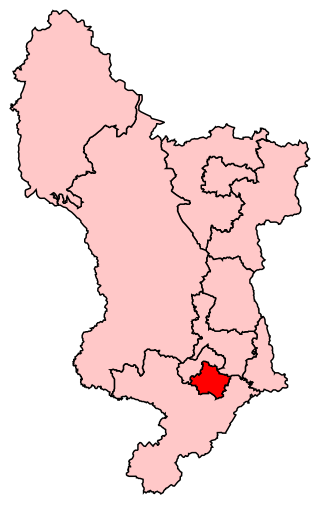
Derby South is a constituency formed of part of the city of Derby represented in the House of Commons of the UK Parliament since 1983 by veteran MP Margaret Beckett of the Labour Party. She has served under the Labour governments of Harold Wilson, James Callaghan, Tony Blair and Gordon Brown. She became interim Leader of the Labour Party in 1994 when John Smith suddenly died. She has also served under Neil Kinnock and Smith himself.

Stoke-on-Trent South is a constituency created in 1950, and represented in the House of Commons of the UK Parliament since 2017 by Jack Brereton, a Conservative. The local electorate returned a Labour MP in every election until 2017, when Brereton became its first Conservative MP. The seat is non-rural and in the upper valley of the Trent covering half of the main city of the Potteries, a major ceramics centre since the 17th century.

Telford is a constituency represented in the House of Commons of the UK Parliament since May 2015 by Lucy Allan, a Conservative, who defeated David Wright, the former Labour Party MP for the seat.
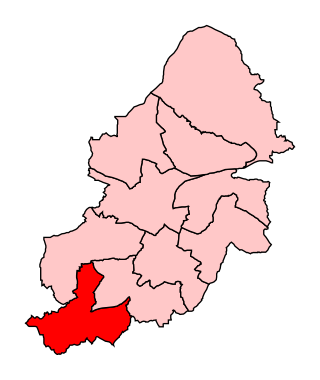
Birmingham Northfield is a constituency represented in the House of Commons of the UK Parliament since 2019 by Gary Sambrook, a Conservative. It represents the southernmost part of the city of Birmingham.
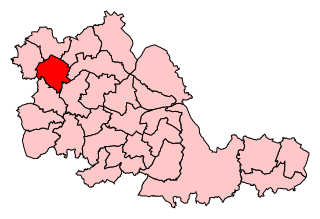
Wolverhampton South East is a borough constituency represented in the House of Commons of the Parliament of the United Kingdom. It elects one Member of Parliament (MP) by the first past the post system of election.

Stevenage is a constituency in Hertfordshire represented in the House of Commons of the UK Parliament since 2010 by Stephen McPartland, a member of the Conservative Party.

Greenwich and Woolwich is a constituency represented in the House of Commons of the UK Parliament since 2015 by Matthew Pennycook of the Labour Party.
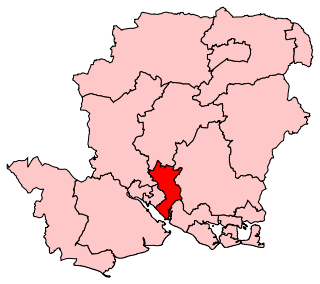
Eastleigh is a constituency represented in the House of Commons of the UK Parliament since 2019 by Paul Holmes, a Conservative.
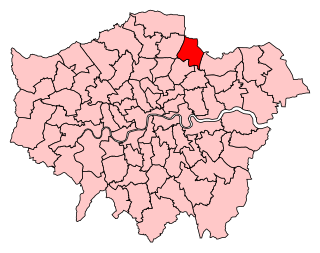
Chingford and Woodford Green is a constituency in North East London represented in the House of Commons of the UK Parliament by Sir Iain Duncan Smith of the Conservative Party since its creation in 1997.
Bargate is an electoral ward in Southampton, England. It covers Southampton City Centre, and stretches as far as Ocean Village and St Mary's to the east, and West Quay and The Polygon to the west. Bargate Ward had 18,762 residents in the 2011 Census, which had risen to an estimated 20,926 in mid 2015.

Peartree Ward is an Electoral Ward in the Unitary Authority of Southampton, England.

The 2008 Southampton Council election took place on 1 May 2008 to elect members of Southampton Unitary Council in Hampshire, England. One third of the council was up for election and the Conservative Party gained overall control of the council from no overall control.
Royston Matthew Smith is a British Conservative Party politician and has served as Member of Parliament (MP) for Southampton Itchen since the 2015 general election. Smith was previously a councillor on the Southampton City Council.





















